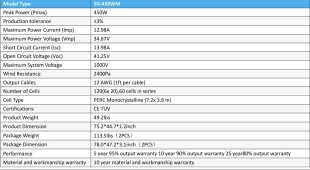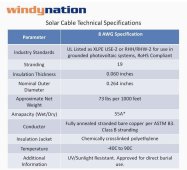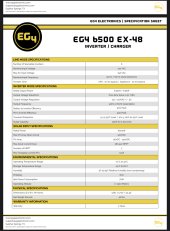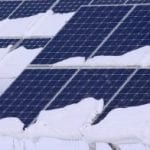BrandenL
New Member
I am putting together my first solar array system using 8 450 watt panels in series. I will be using two EG4 6500ex inverters with 2 48v Eg4 lithium batteries. I will be doing a 150’ run from the inverters to the solar panels. I purchased 150’ 8 gauge copper stranded wire. Is this size wire ok for that length with these panels or will the power loss be too great? If I calculated it correctly… the amperage will be 12.98 amps as each panel is rated for 12.98 maximum power current (IMP) and my voltage will be 277.36 volts as the panels are rated for 34.67 maximum voltage (VMP). Multiplied times 8 gives me that voltage. I have included all of the spec sheets for the equipment/materials that I am hoping to use. Thanks for any help.
Attachments
Last edited:









